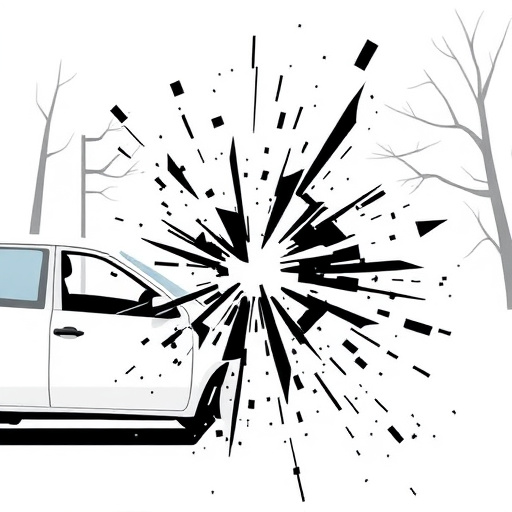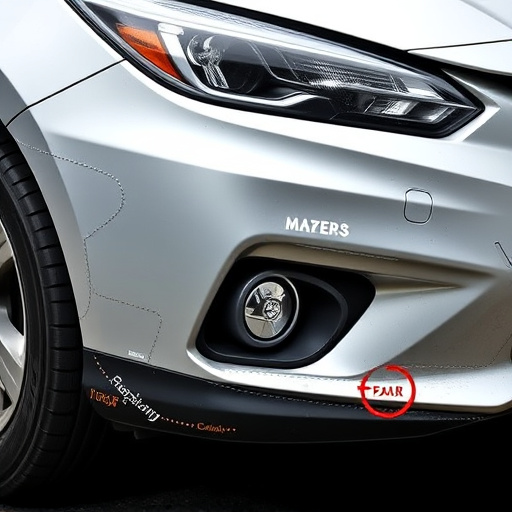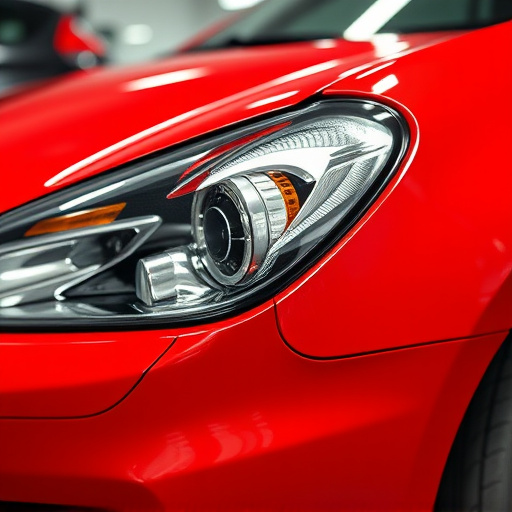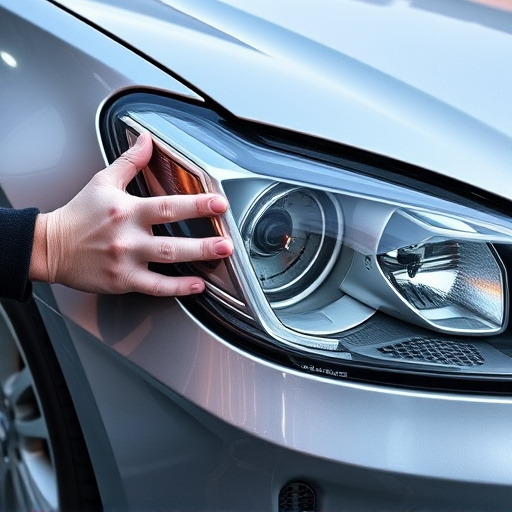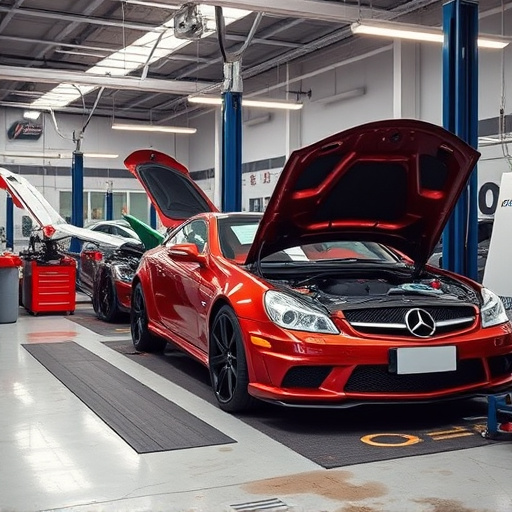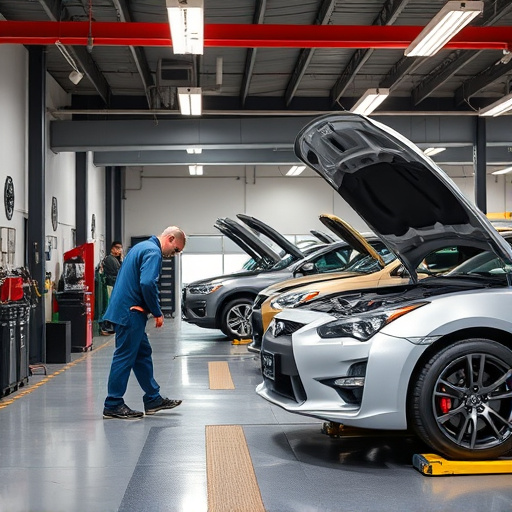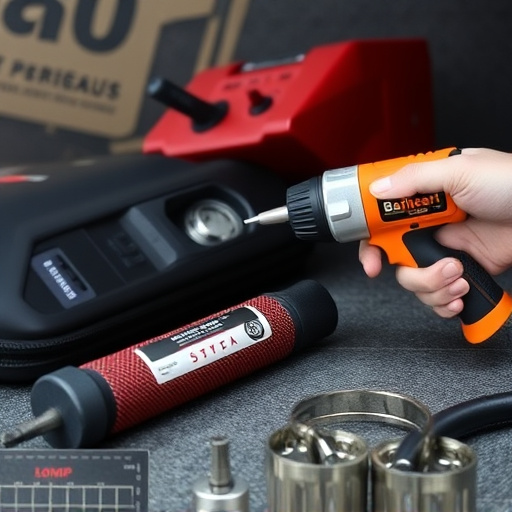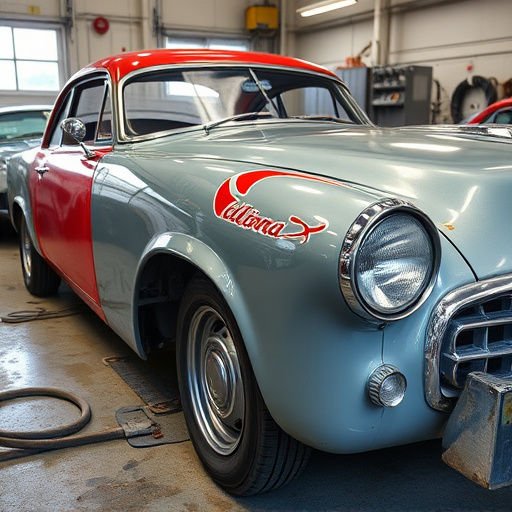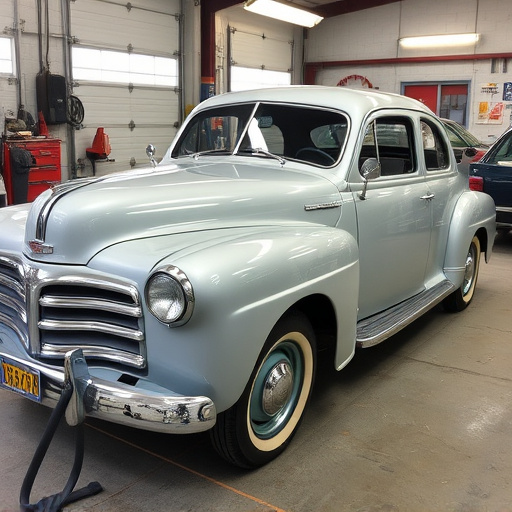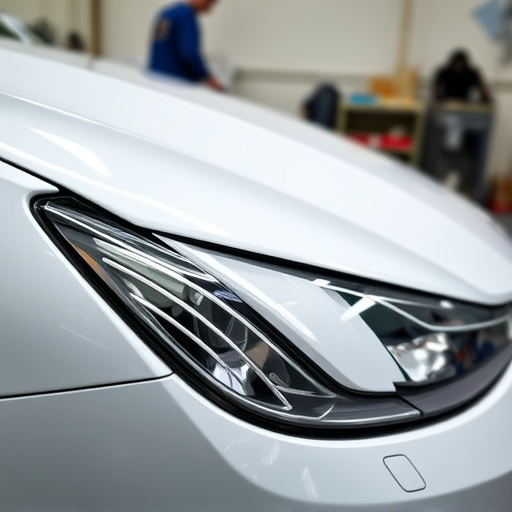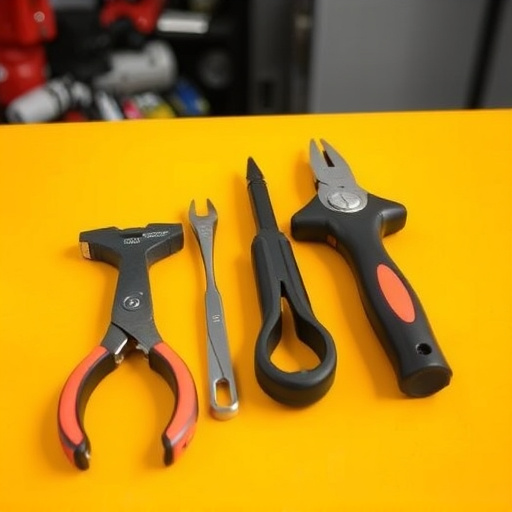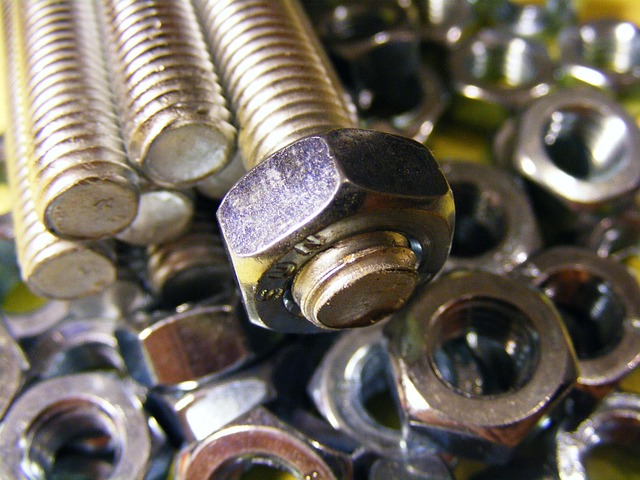Post-repair insurance inspection is a vital process that ensures vehicle repairs meet industry standards and insurance requirements. This meticulous examination includes assessing structural integrity, paint job quality, and component functionality to prevent future issues like improper alignment or rust. By identifying problems early, this proactive approach saves costs, enhances safety and reliability, and prevents minor repairs from escalating into costly major problems, ultimately protecting car owners from long-term costs and risks.
A post-repair insurance inspection is an often-overlooked yet powerful tool for homeowners and businesses. This process involves a thorough evaluation of repaired areas, ensuring that the work meets quality standards and identifying potential future issues. By implementing these inspections, policyholders can prevent long-term problems and costly repairs, ultimately saving money and maintaining peace of mind.
This article will guide you through understanding, preparing for, and benefiting from post-repair insurance inspections, offering valuable insights into a crucial aspect of property maintenance.
- Understanding Post-Repair Insurance Inspection: The First Line of Defense
- Key Components of a Comprehensive Post-Repair Evaluation
- Benefits: How Inspections Prevent Long-Term Problems and Costs
Understanding Post-Repair Insurance Inspection: The First Line of Defense
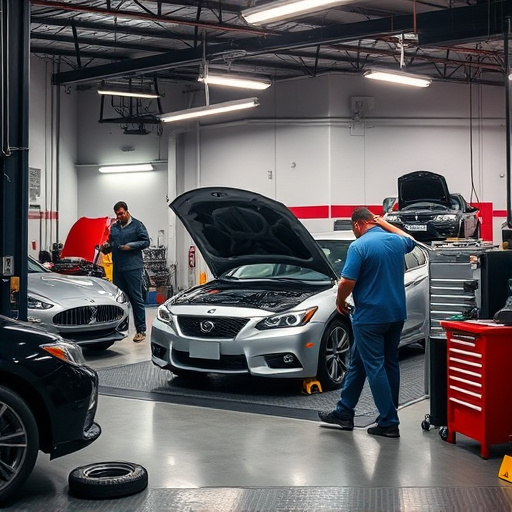
Post-repair insurance inspection is a crucial process that serves as the first line of defense against future automotive issues. After any vehicle repair, whether it’s a simple auto glass repair or complex mercedes benz collision repair, this inspection ensures that all work was performed to industry standards and complies with insurance requirements. It involves a thorough examination of the repaired areas, including structural integrity, paint job quality, and functionality of all components.
By conducting these inspections, insurance companies and policyholders can identify potential problems early on. For instance, issues like improper alignment during vehicle repair or subpar paint that might lead to future rust could be detected. This proactive approach not only saves costs in the long run but also ensures the safety and reliability of the vehicle. It’s a vital step that prevents minor repairs from escalating into major, more expensive problems.
Key Components of a Comprehensive Post-Repair Evaluation
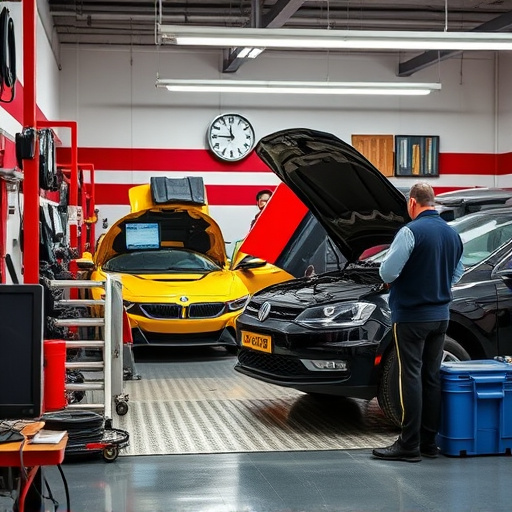
A thorough post-repair insurance inspection is a multifaceted process designed to safeguard against future damages and ensure customer satisfaction. Key components include a meticulous visual assessment of both exterior and interior, focusing on structural integrity, paint quality (in the case of car paint services), and any signs of faulty workmanship. During this evaluation, experts from a reputable car repair shop examine all repairs for adherence to industry standards, checking for proper alignment, sealants, and finishes in autobody repairs.
Additionally, these inspections often include functional tests to verify that all systems, from lighting to safety mechanisms, operate optimally. By incorporating these checks into the post-repair process, customers gain peace of mind knowing their vehicle is not only visually appealing after car paint services but also mechanically sound. This proactive approach not only prevents minor issues from escalating but can also serve as a crucial defense in insurance claims, demonstrating due diligence and responsible ownership.
Benefits: How Inspections Prevent Long-Term Problems and Costs
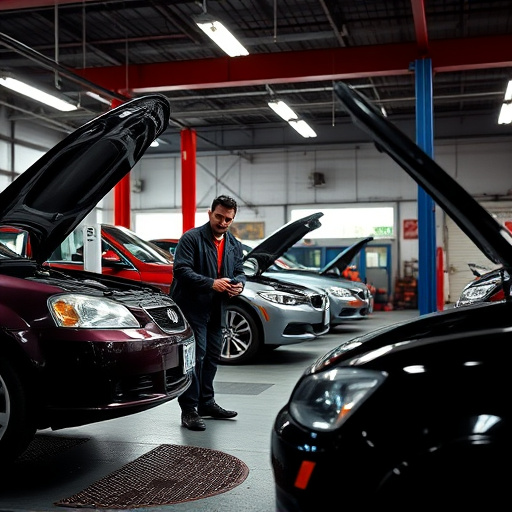
Post-repair insurance inspections play a pivotal role in preventing long-term problems and associated costs for car owners. By meticulously examining the vehicle post auto glass repair, or even after more extensive car collision repair, these inspections uncover potential hidden damages that might go unnoticed otherwise. This proactive approach ensures that any issues are addressed immediately, preventing them from escalating into costly repairs down the line.
Regular post-repair checks in an auto repair shop can also help identify areas of weakness or vulnerabilities in a vehicle’s structure and mechanisms. For instance, while fixing a car’s exterior after a collision, inspectors might discover underlying structural problems that need attention to avoid future safety risks. This not only safeguards drivers but also helps maintain the vehicle’s overall longevity, saving them from frequent visits to auto repair shops and significant financial burdens.
A post-repair insurance inspection is not just a formality; it’s a strategic step towards securing your investment and averting potential long-term issues. By thoroughly evaluating the work after repairs, you can identify subtle flaws or incomplete tasks that might go unnoticed otherwise. This proactive approach not only ensures the quality of the repair but also provides peace of mind, knowing that future problems and associated costs are significantly reduced. Embracing this practice is a smart way to protect your property and maintain its value over time.
